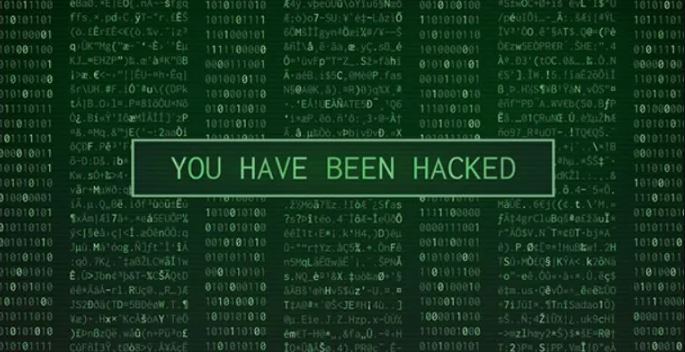As online activities increase, cyberattacks and account breaches have become common threats. Detecting if your account has been hacked is crucial to protecting your personal and professional data. In this article, we will explore signs of a compromised account and steps to confirm and secure it.
How to Detect If Your Account Has Been Hacked?
1. Unauthorized Account Changes
If you notice modifications in your account settings or personal details that you did not make, such as:
- Password changes
- Email or contact info updates
- New linked accounts
These may indicate an account compromise.
2. Unexpected Security Alerts
Receiving alerts about unfamiliar login attempts or password resets from your service provider can be a warning sign. Always check for notifications about:
- Login attempts from unknown devices or locations
- Changes in security settings
3. Unusual Account Activity
Review your login history for any unauthorized access. Most services offer an activity log, where you can check for:
- Unrecognized IP addresses
- Access from different countries
- Login timestamps that don’t match your usage
4. Suspicious Third-Party Apps
If your account is linked to unknown apps or services, this may indicate unauthorized access. Check your connected apps list and remove any unfamiliar ones immediately.
5. Strange Emails or Messages from Your Account
If contacts report receiving unusual emails or messages from you, this could mean your account has been hijacked. Verify by checking:
- Sent emails in your inbox
- Direct messages on social media
6. Social Media Account Hijacking
If you see posts, messages, or profile changes you didn’t make, your account might be compromised. This includes:
- Unintended posts on your feed
- Private messages sent without your knowledge

How to Secure Your Accounts Immediately
If you suspect your account has been hacked, take these immediate security actions:
✅ 1. Change Your Password
- Create a strong and unique password for each account.
- Use a password manager for better security.
✅ 2. Enable Two-Factor Authentication (2FA)
- Adds an extra layer of security beyond your password.
- Use authentication apps like Google Authenticator or SMS verification.
✅ 3. Review Security Settings
- Check your recovery email and phone number.
- Update security questions and backup authentication methods.
✅ 4. Scan for Malware
- Hackers might use keyloggers or malware to steal credentials.
- Run a full antivirus scan on your device.
✅ 5. Report the Incident
- Notify your service provider to secure your account.
- If financial information was compromised, contact your bank immediately.
Conclusion
Detecting account hacks early is vital for protecting your online security. By monitoring unusual activity and implementing strong security measures, you can prevent cyber threats.
🔹 Regularly update your passwords.
🔹 Enable two-factor authentication.
🔹 Stay alert for suspicious login attempts.
Being proactive ensures your digital safety remains intact.